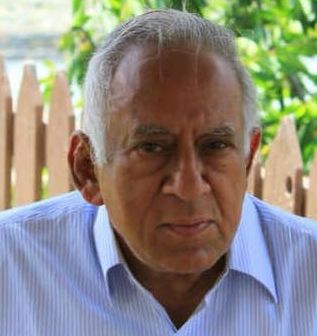
Dr. Pramod Wanchoo, born 1938, studied in Happy School, Alwar and Royal High School, Edinburgh. He got his medical degrees from SMS Medical College, Jaipur. He retired as the Senior Professor and Head of Department Surgery, SMS Medical College, and then shifted to private practice in Jaipur. He retired in 2012, and shifted to Gurgaon to be near his children. Likes to spend time reading and writing, and is active on Facebook..
I lived in Jaipur for 57 years from 1955-2012, when I shifted to Gurgaon, to be nearer my children. During that period I came in contact with a delightful person , Mr. G. L. Mehta of the IAS, first as his doctor, and later, when he started taking a paternal interest in me, as a friend. It helped that we were both Anglophiles. He once told me an interesting story.
He was posted in Udaipur in 1946, when Pandit Jawahar Lal Nehru came there, as Vice President in the Interim government, and Mr. Mehta was asked to accompany him. Mr. Nehru was smoking a cigarette in a contemplative mood in the Sahelion -ki-Bari, and Mr. Mehta went up to Mr. H V R Iyengar ICS, Nehru's Secretary, and asked him if could ask Pandit Nehru to autograph his book, The Discovery of India, which Nehru wrote in Ahmednagar Prison. Mr. Iyengar said, "Young man, that is a risk , we all have to take. " Mr. Mehta went up to Jawaharlal Nehru and asked him to sign the book. Nehru came out of his contemplative mood, asked if he had read it. When Mr. Mehta nodded, Nehru signed it.